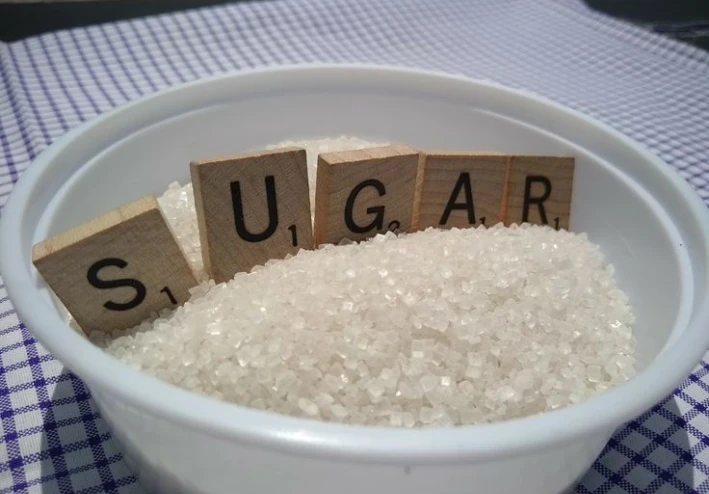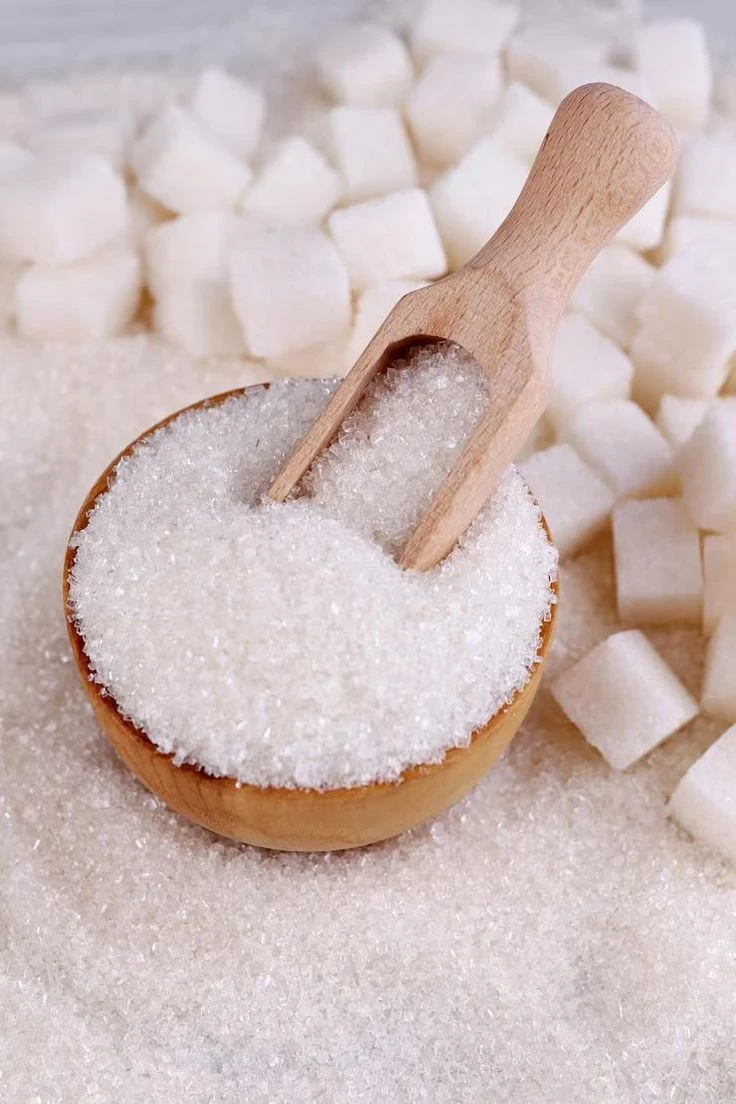
How Sugar Is Made: Step-by-Step Guide from Harvest to Sweet Crystals
How Sugar Is Made

Sugar is one of the world’s most widely used sweeteners, and its production is both an art and a science. Although many people see only the fine white or golden crystals in their kitchens, the journey from plant to table involves a series of careful steps. Sugar is typically derived from two main crops: sugarcane, which thrives in warm tropical climates, and sugar beets, which grow well in more temperate regions. Despite the differences in where and how these plants are grown, the overall methods for extracting and refining their natural sweetness are surprisingly similar.
Cultivation of the Crops
The process begins with careful farming. Sugarcane is a tall, grass-like plant that requires plenty of sunlight and rainfall. Farmers plant sections of mature stalks into prepared fields, allowing the buds to sprout into new plants. Sugar beets, by contrast, are planted as seeds and develop thick, sugar-rich roots beneath the soil. Throughout the growing season, both crops need balanced nutrients, irrigation when necessary, and protection from pests or diseases to ensure a high yield of natural sugar.
Harvesting and Initial Preparation
When the plants reach their peak sugar content—usually after 10 to 18 months for sugarcane and about five to six months for sugar beets—harvest begins. Sugarcane stalks are cut near the base, since the lower sections hold the highest concentration of sucrose. Workers or mechanical harvesters gather the stalks and transport them quickly to processing mills to prevent loss of sweetness. Sugar beets are lifted from the soil using specialized machinery, then cleaned thoroughly to remove soil and leaves.
Extracting the Juice
The next stage is juice extraction, where the raw plant material is transformed into a liquid rich in natural sugar. In sugarcane mills, the stalks pass through a series of heavy rollers that crush and press out the juice. For sugar beets, the roots are sliced into thin strips called cossettes and placed in large tanks of hot water. This hot water helps dissolve the sugar, creating a sweet juice while leaving behind the fibrous pulp, which is often reused as animal feed or fuel.
Purification and Clarification
The extracted juice contains not only sugar but also plant fibers, minerals, and natural color compounds. To create a pure product, the juice is filtered and gently heated. Natural clarifying agents are added to help remove impurities, allowing them to rise to the surface or settle at the bottom, where they can be skimmed or filtered out. The result is a clear liquid known as raw sugar juice.
Concentration and Crystallization
Once purified, the juice is concentrated by boiling it under reduced pressure, a method that allows water to evaporate at lower temperatures and preserves the sugar’s quality. As the liquid thickens into a syrup, sugar molecules begin to form tiny crystals. Workers carefully control temperature and concentration to grow crystals of the desired size. This stage is crucial, as it determines the texture and consistency of the final product.
Separation and Drying
After crystals develop, the mixture—called massecuite—is spun in high-speed centrifuges. These machines separate the solid crystals from the remaining syrup. The syrup can be reprocessed to extract more sugar, while the crystals move on to drying drums or heated airflows. Removing excess moisture keeps the sugar from clumping and ensures a long shelf life.
Final Refinement and Packaging
Depending on the intended use, sugar may undergo additional refinement to achieve a bright white color and uniform granule size. Some varieties are left partially refined, retaining a light brown hue and subtle molasses flavor. Once the desired form is achieved, the sugar is packaged into bags or containers for delivery to bakeries, food manufacturers, and homes around the world.
Conclusion
From field to factory, the making of sugar involves careful attention at every step. Farmers nurture the plants for months, technicians monitor temperature and purity during processing, and workers ensure that the final product meets strict quality standards. The result is the familiar sweetness that adds flavor to countless foods and drinks worldwide. Although the crystals may look simple, each spoonful represents a complex and fascinating process that begins with nature and ends in kitchens everywhere.






























